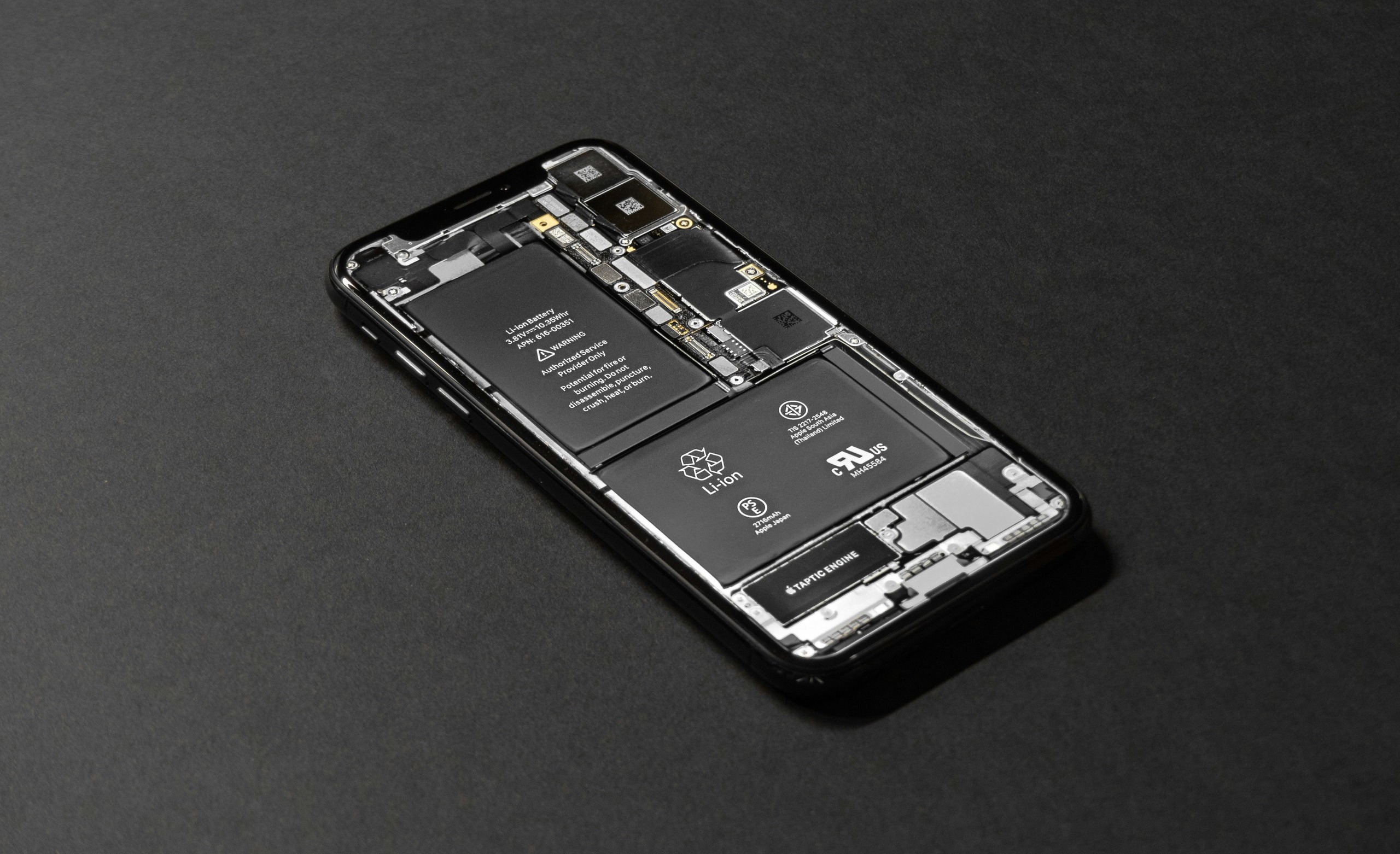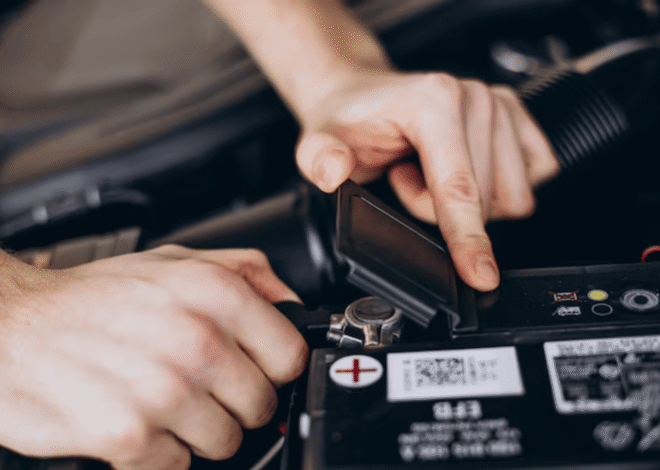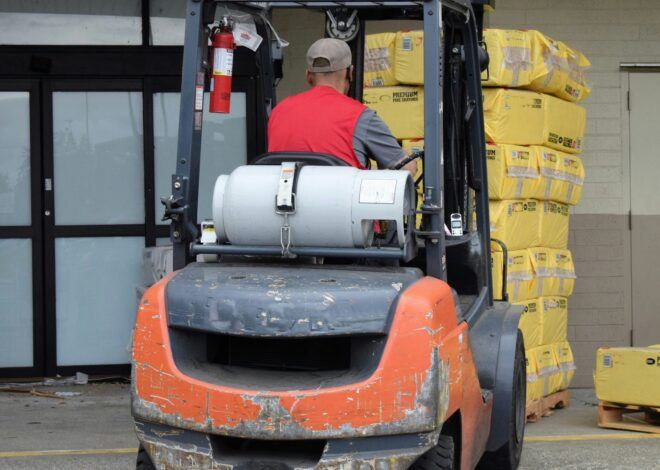
How To Recondition A Lithium Ion Battery
Curious about how to recondition a lithium-ion battery? Lithium ion batteries are everywhere. From our smartphones to electric vehicles, they power the devices we rely on every day. But like all things, these batteries have a lifespan and can lose their efficiency over time.
If you’ve noticed your battery draining faster than usual or struggling to hold a charge, you’re not alone. The good news? You might be able to revive that weary battery through reconditioning! This process can breathe new life into your lithium ion cells and save you from costly replacements.
Let’s dive into what makes these batteries tick and explore the steps you can take to restore their performance without breaking the bank.
Understanding Lithium Ion Batteries
Lithium-ion batteries are at the heart of many modern devices, from smartphones to electric vehicles. Their popularity stems from high energy density and lightweight design. These batteries operate on the principle of moving lithium ions between two electrodes: anode and cathode.
During discharge, ions flow out of the anode through electrolyte to the cathode, generating electricity. Charging reverses this process. Ions move back to the anode, storing energy for later use. This cycle can repeat hundreds or thousands of times before performance declines.
Temperature and usage influence battery life significantly. High heat can accelerate degradation while cold conditions may temporarily reduce capacity. Understanding these nuances helps users maximize battery lifespan and efficiency while minimizing environmental impact through reconditioning efforts when needed.
Signs of a Weak or Dead Battery
A weak or dead lithium-ion battery shows several telltale signs. One of the most noticeable is reduced runtime. If your device drains power quickly, it’s a red flag. You might also experience difficulty in charging. If your battery takes an unusually long time to reach full capacity, something’s amiss.
Another sign is overheating during use or while charging. This can indicate internal damage and should not be ignored. Frequent shutdowns are another concerning symptom. If your device turns off unexpectedly, even with some charge left, it’s time to assess the battery health.
Physical changes like swelling may occur. A bulging battery poses risks and requires immediate attention for safety reasons. Recognizing these signals early can help you address issues before they escalate further.
Tools and Materials Needed for the Process
To recondition a lithium-ion battery effectively, you’ll need some essential tools and materials. Start with a multimeter. It’s crucial for checking the voltage levels throughout the process. Next, have access to a reliable charger compatible with your battery type.
This ensures that you can safely charge it without risking damage or malfunction. You’ll also want some insulated gloves. Handling batteries can be tricky, and safety should always come first. A freezer bag comes in handy if you decide to freeze the battery during reconditioning.
Remember to allow it to thaw properly before use. Keep a notebook or digital device nearby to track your progress and observations as you go through each step of the reconditioning process. Collecting data will help improve future attempts!
Steps to Reconditioning a Lithium Ion Battery
Reconditioning a lithium-ion battery can breathe new life into your device. These steps require patience, as results may not be immediate or guaranteed. Proper technique will maximize your chances of success when working on these delicate components.
Step 1: Fully Discharge the Battery
To start reconditioning a lithium-ion battery, the first step is to fully discharge it. This means using the device until it powers down completely.
It’s crucial not to skip this phase, as batteries often hold onto residual charge. By draining them entirely, you help reset their internal chemistry.
While discharging, keep an eye on performance indicators if available. Some devices will notify you when the battery level is critically low.
Avoid unplugging and replugging frequently during this process; consistency matters here. Once your device shuts off automatically, you’ve successfully completed this initial step.
Now that your battery is devoid of energy, you’re ready for what comes next in the reconditioning journey!
Step 2: Charge the Battery to Full Capacity
Now that you’ve fully discharged your lithium-ion battery, it’s time to charge it back up. This step is crucial for reconditioning. A complete recharge helps reset the battery’s internal chemistry.
Connect the battery to a compatible charger. Ensure that it’s suited for lithium-ion batteries to avoid any damage. It’s important to monitor the charging process closely.
Once connected, allow the battery to reach its full capacity without interruption. Patience is key here; rushing can lead to an incomplete charge, diminishing results later on.
After several hours, check if the indicator shows a full charge. If not, give it some extra time. Once charged completely, disconnect it from power and let it rest briefly before proceeding with further steps in reconditioning this essential component of your technology life.
Step 3: Freeze the Battery (Optional)
Freezing a lithium-ion battery may sound unconventional, but some enthusiasts swear by it. The theory behind this step is that cooling the battery can help reset its chemistry.
If you choose to try this method, make sure your battery is fully discharged first. Place it in an airtight plastic bag to prevent moisture damage while it’s in the freezer.
Leave the battery in there for about 24 hours. Afterward, allow it to return to room temperature before proceeding with charging.
This optional step isn’t necessary for every reconditioning project. Some users report mixed results—while others find success and improved performance after freezing their batteries.
Always weigh the pros and cons before jumping into this unusual technique. Experimenting might lead to interesting outcomes, but safety should always come first!
Step 4: Repeat Charging and Discharging Process
Once your battery is fully charged, it’s time to repeat the charging and discharging process. This step helps recalibrate the battery’s capacity.
Start by using your device until the battery drains completely again. It may feel tedious, but this repetitive cycle can significantly enhance performance.
After reaching a low charge, plug it back in for a full recharge. Make sure you let it charge uninterrupted until it hits 100%.
Try to maintain this routine over several cycles—ideally three to five times. Each round reinforces the battery’s overall health and longevity.
Remember that patience pays off here; rushing through these steps might not yield optimal results! Stay attentive as you monitor any changes in performance throughout this reconditioning journey.
Safety Precautions to Take
When reconditioning a lithium-ion battery, safety should be your top priority. Always wear protective gear, including gloves and goggles. This will guard against any accidental leaks or spills. Work in a well-ventilated area to prevent the buildup of toxic fumes.
Lithium-ion batteries can emit gases during charging and discharging cycles that might pose health risks. Avoid using damaged tools or equipment when handling the battery. A faulty charger or tools can lead to short circuits, resulting in fire hazards.
Keep flammable materials away from your workspace. Lithium-ion batteries are sensitive; even small sparks can ignite nearby substances. Always monitor the battery’s temperature throughout the process. If it becomes excessively hot, stop immediately and allow it to cool down before proceeding further with any steps.
Safety first ensures you have a successful reconditioning experience without incidents!
Common Mistakes to Avoid during the Reconditioning Process
Reconditioning a lithium-ion battery can be rewarding, but mistakes can lead to further damage. One common error is failing to monitor the battery’s temperature. Overheating during charging or discharging can affect performance and safety. Another mistake involves skipping steps in the process.
Each stage plays a crucial role in restoring the battery’s capacity, so it’s vital not to rush through them. Using an incorrect charger is also risky. Always ensure that your charger matches the specifications of your battery. Mismatched chargers can cause serious harm.
Neglecting safety precautions can have dire consequences. Wear protective gear and work in a well-ventilated area to mitigate risks associated with chemical exposure and potential fires. Keeping these points in mind will help you achieve better results while reconditioning your lithium-ion batteries responsibly.
Tips for Maintaining Your Reconditioned Battery
To get the most out of your reconditioned lithium-ion battery, proper maintenance is key. First, avoid letting it fully discharge too frequently. Aim to keep it between 20% and 80% charged for optimal longevity. Temperature control plays a significant role as well.
Store and use your battery in cool environments; heat can degrade performance rapidly. Regularly check connections for dirt or corrosion, as clean terminals contribute to more efficient charging and discharging cycles. If you notice any irregularities, address them promptly.
Consider using smart chargers designed specifically for lithium-ion batteries. These devices help manage charging rates effectively, reducing wear on the cells over time. Give your battery a break from prolonged use when not needed. Occasional rests can help maintain its health longer than continuous operation would allow.
Alternatives to Reconditioning
If reconditioning a lithium-ion battery isn’t your cup of tea, there are other options to consider. One popular alternative is purchasing a new battery. While it might seem costly upfront, a fresh battery can often be more reliable. Another option is opting for refurbished batteries.
Many manufacturers offer certified refurbished products that have undergone strict testing and quality checks. These can save you money while still providing decent performance. You could also look into external chargers designed specifically for lithium-ion batteries.
Some devices have built-in smart technology to help maintain optimal charging cycles and prolong battery life without the need for extensive reconditioning processes. Recycling old batteries responsibly is crucial.
Many local facilities accept used lithium-ion batteries, ensuring they’re disposed of safely and sustainably instead of ending up in landfills. Remember that proper disposal helps protect the environment while supporting eco-friendly practices.
Final Thoughts: Is Reconditioning Worth It?
Reconditioning a lithium-ion battery can be a worthwhile endeavor, especially if you want to extend its lifespan and save money. Many users report success after following the steps outlined above; they notice improved performance and longevity from their batteries. However, it’s essential to weigh the benefits against potential risks.
Improper handling or reconditioning might lead to further degradation of the battery or even safety hazards. If your battery is significantly old or damaged, replacing it may be more practical than attempting repairs. For those who are tech-savvy and enjoy DIY projects, reconditioning could provide satisfying results.
But for others, investing in new batteries might offer peace of mind without the hassle. Whether reconditioning is worth your time depends on your specific situation and comfort level with these processes. Consider experimenting with one battery first before making decisions about others in your collection.







Thank you for your article. I am always a little concerned about the use of these batteries. I worry about them exploding when I charge them overnight. I never thought they could ever be reconditioned. I wonder if the age of the battery regardless of use would affect the regeneration process. I also like the fact that you have provided multiple ways of refreshing the battery. Great Work!!
Hi Matt,
I’m glad you liked our guide on how to recondition a lithium ion battery. Reconditioning one of these batteries can be dangerous so if you’re not comfortable with it, I wouldn’t try it. If you decide to give it a try always remember SAFETY FIRST!
You have to also consider the age and the condition of the battery first. Once you have determined if your battery is worth Reconditioning. The next step would be up to you. Sometimes it’s best to just buy a new battery. It’s all up to you at the end of the day.
If you do decide to revive or recondition your lithium ion battery. Please come back and share your experience with us, I’d love to know how everything turned out for you.
Best wishes Matt,